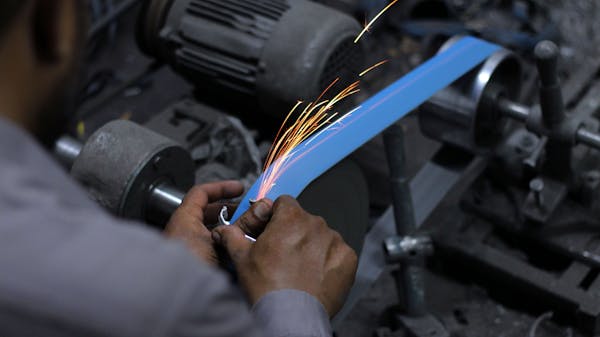Confined spaces present unique risks for workers in various industries, including construction, manufacturing and emergency services. Comprehensive safety strategies are crucial to protect workers in these spaces. This guide covers confined space risks, safety measures, and training to help keep workers safe.
What is a Confined Space?
Confined spaces are enclosed or partially enclosed areas not designed for continuous occupancy, typically with limited access. These spaces may pose risks due to limited ventilation and potential exposure to hazardous substances or other physical hazards. Examples include storage tanks, sewers, tunnels and crawl spaces.
The Dangers of Confined Spaces
Confined space dangers range from limited oxygen to potential fires, explosions, and flooding. Workers might face acute health risks such as asphyxiation, poisoning or injury from structural collapses and equipment malfunctions. The limited access and egress points exacerbate these risks by complicating rescue operations and emergency responses.
Safety Measures for Individuals Working in Confined Spaces
Employees working in confined spaces can ensure their safety by:
- Understanding and complying with all safety protocols and regulations related to confined space work.
- Using personal protective equipment (PPE) correctly and as required.
- Completing all required training sessions on confined space safety and emergency procedures.
- Conducting pre-entry checks and hazard assessments as per the organization’s guidelines.
- Obtaining proper authorization before entering any confined space.
- Communicating effectively with team members and supervisors regarding hazards and safety concerns.
- Monitoring the atmosphere inside the confined space using appropriate detection equipment if necessary.
- Maintaining constant awareness of their and others’ health and safety during confined space work.
- Following all emergency procedures and participating in rescue operations if trained and authorized.
- Ensuring that entry and exit paths are clear and accessible throughout the process.
- Staying updated on safety standards, best practices and equipment relevant to confined space work.
- Following safety systems or procedures even when under time pressure.
How Organizations Can Improve Confined Space Safety
Organizations can bolster confined space safety by:
- Conducting comprehensive risk assessments to identify potential hazards and implement appropriate control measures.
- Developing and communicating clear access rules, emergency plans and safety equipment policies with workers.
- Implementing permit-to-work systems to ensure entry into confined spaces is controlled and monitored.
- Providing appropriate detection equipment to check for atmospheric hazards such as toxic gases or low oxygen levels in confined spaces.
- Ensuring all safety equipment is adequately maintained and employees are trained on its proper use.
Confined Space Training Programmed
Confined Space Training
Confined space training helps workers identify confined space hazards, develop safe entry and exit procedures and correctly use safety equipment specific to confined spaces.
First Aid at Work Training
This programmed equips employees with the skills to respond to medical emergencies, such as CPR, wound care and other injuries that could occur in confined spaces.
IOSH Working Safely Course
The IOSH Working Safely course covers the essentials of health and safety in the workplace, applicable across various industries. It helps workers understand their role in health and safety and learn ways to identify hazards and improve safety performance.
Personal Protective Equipment (PPE) Training
PPE training focuses on the correct selection, use, maintenance and inspection of PPE to protect against workplace hazards, ensuring employees can deploy PPE effectively.
Conclusion
Prioritizing safety in confined spaces is a fundamental responsibility for organizations and workers alike. It requires strict adherence to work protocols and a concern for safety at every level of an organization. Understanding the inherent risks and implementing robust safety measures, including extensive training, enables organizations to protect their employees from the unique hazards of confined space work.
